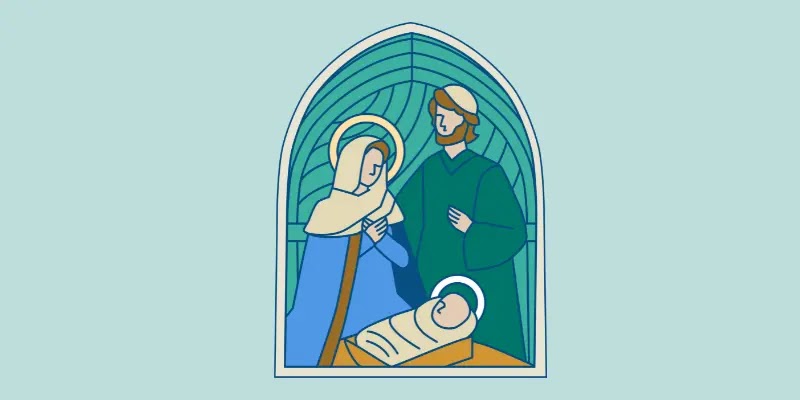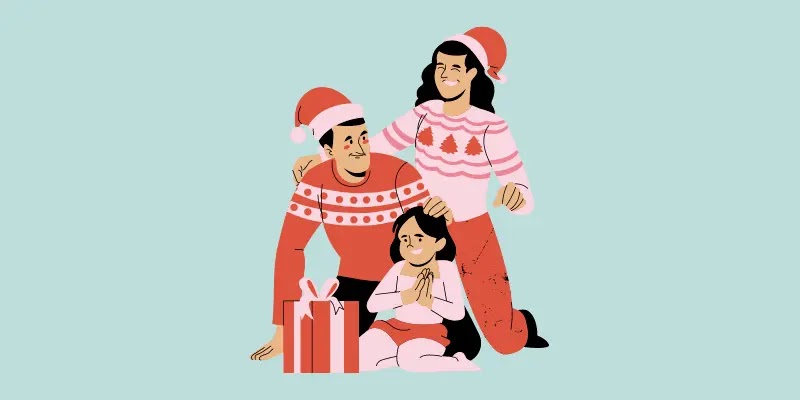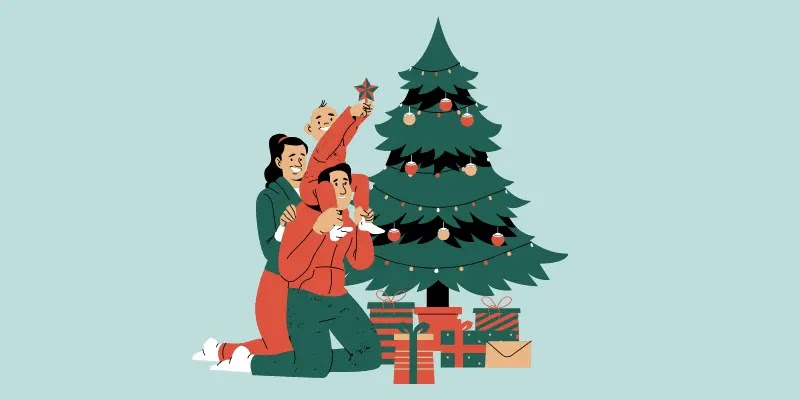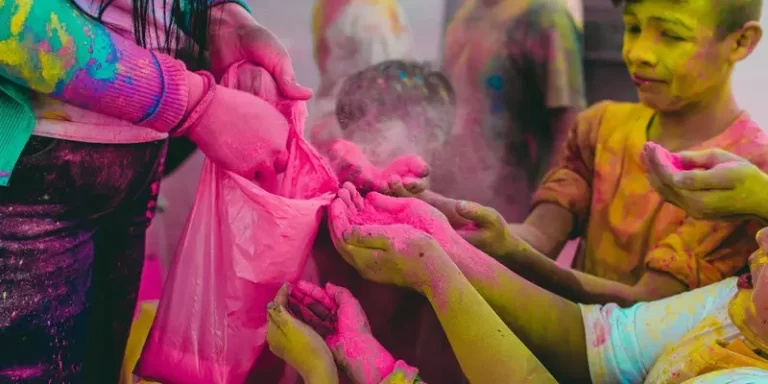Christmas: The Christmas festival is celebrated around the world as the birth anniversary of Jesus Christ and it falls on 25 December every year. The festivities begin with the Midnight Mass held in all churches on the night of 24 December to 25 December, symbolizing the birth of Christ at midnight. People attend the church where many programs are organized to make the devotees do not forget the good work of Christ. Check: Diwali – Festival of Lights
People go to each other’s houses and exchange gifts. The two rituals associated with the festival are of the Christmas tree, which is installed in everyone’s home. It is decorated with lamps, lights, and Holi. The second myth is of Santa Claus, which is considered the harbinger of gifts. People sing carols on this day and distribute sweets and cakes.
Why Christmas is Celebrated on 25th December?

The exact origin of December 25 being the birth date of Jesus is unsure. The new attestation doesn’t provide any clues in this regard. It was Sextus Julius Africanus who made 25th December as the birth date of Jesus Christ in 221 universal. In 336 the Romans started celebrating Christmas but it became the major Christian festival after the 9th century.
The pagans of Europe believe the Winter Solstice is the day when days start getting longer and lighter and the nights would become shorter- marking a change in the seasons. So Christmas is a mid-winter festival to celebrate the sun winning over the darkness of winter. Therefore it was treated as a good time to have a celebration with things to eat and drink before the rest of winter comes.
Christmas Eve

Christmas Eve which is the evening before Christmas day has many of its own customs and rituals. In many Catholic countries, such as Spain, Mexico, Poland, and Italy, going to a Midnight Mass Church Service is the most important Church service of the Christmas season. People often fast during Christmas Eve and then have the Christmas dinner and meal after the Midnight Mass Service.
Christmas Tree

Many of the holiday traditions of Christmas began in Germany, including decorating the ‘Christmas trees’. Christmas trees are evergreen fir trees, conical in shape. These trees and plants have been used to celebrate winter festivals for thousands of years, long before the existence of Christianity because the fir trees were believed to represent fertility and new life in the darkness of winter. So the idea of bringing evergreens into the house started there and eventually that evolved into the Christmas tree. A Christmas tree decorated with ornaments and lights is a centerpiece of the Christmas season. But there are several other theories as to how the fir trees went on to become a symbol of Christianity.
Santa Claus

Theologically, this day reminded Christians of Jesus as God’s gift to humankind even as the coming of the Wise Men highlighted Christmas was somehow related to giving gifts. The ritual of giving gifts to family members became well established towards the end of the 18th century.
Santa Claus, an acclaimed and heroic figure who is the traditional custodian of Christmas brings gifts to children. Saint Nicholas, a 4th-century Christian saint helped the poor with money and gifted toys to the children. These actions after his death renowned him as Santa Claus or the Father Christmas.
According to the stories and sayings, Santa Claus lives at the North Pole with his wife, where he spends the whole year making toys with the help of his elves for Christmas gifts. So the children send him letters for gifts and on Christmas Eve he loads his sleigh with toys, drawn by eight reindeer flies around the world.
He halts at every child’s house and slides down the chimney leaving the gifts under the Christmas tree. Refreshing himself with the snacks kept for him by the children.
World Wide Celebration

The celebration of Christmas was widened to societies throughout the non-Western countries after the spread of Christianity beyond Europe and North America. Over time it’s being celebrated by the non-Christians as well. In many of these countries, Christians are not the majority population, yet the religious holiday has become a cultural holiday.
In some parts of India mango tree or the bamboo tree replaces the Christmas tree, and houses are decorated with mango leaves and paper stars. Christmas largely remains a Christian holiday and is otherwise not widely observed but a well-known festival worldwide.



